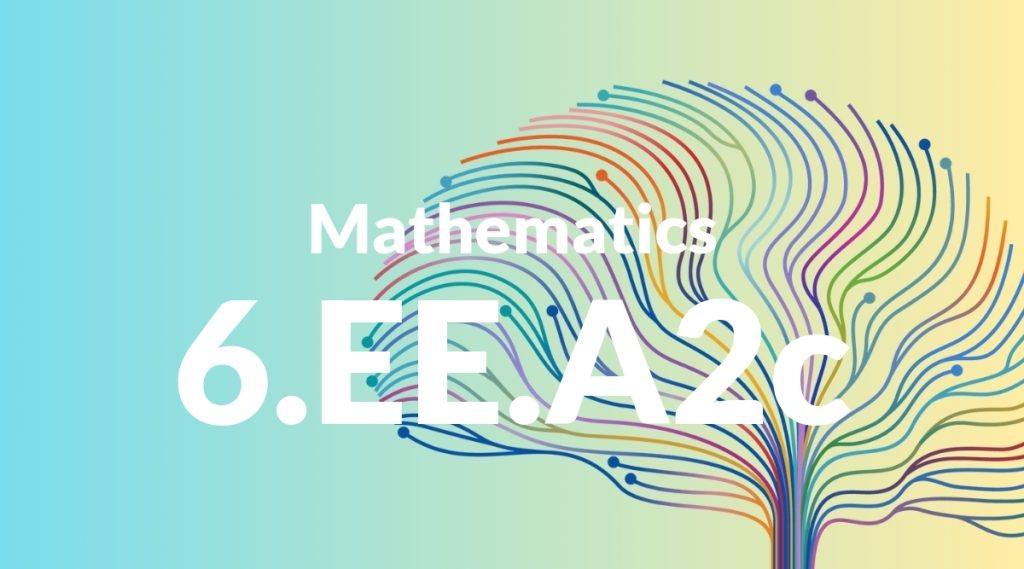Standard: 6.EE.A2c – Evaluate expressions at specific values of their variables. Include expressions that arise from formulas used in real-world problems. Perform arithmetic operations, including those involving whole-number exponents, in the conventional order when there are no parentheses to specify a particular order (Order of Operations). For example, use the formulas V = s^3 and A = 6s^2 to find the volume and surface area of a cube with sides of length s = 1/2.
Grade level: Grade 6
Subject: Mathematics
Domain: Expressions & Equations
Teacher Overview
This standard focuses on evaluating mathematical expressions at specific values of their variables, including those that arise from real-world problems. Mastery of this standard is crucial as it lays the foundation for algebraic thinking and problem-solving in higher grades. Students should have a solid understanding of basic arithmetic operations, the concept of variables, and the order of operations.
After mastering this standard, students will be able to solve more complex equations and inequalities, and apply these skills to algebraic expressions and real-world problem-solving.
Common Misconception 1
One common misconception is the incorrect application of the order of operations. Students may skip steps or perform operations in the wrong order, leading to incorrect answers.
Intervention 1
To address this, use step-by-step guided practice and emphasize the importance of following the order of operations precisely. Provide plenty of examples and practice problems.
Common Misconception 2
Another common misconception is difficulty with evaluating expressions that include fractions or decimals. Students may find it challenging to work with these types of numbers.
Intervention 2
Provide targeted practice with fractions and decimals, using visual aids and real-world examples to help students understand these concepts better.
Prerequisite Knowledge
Students should understand basic arithmetic operations, the concept of variables, and have familiarity with order of operations (PEMDAS).
Subsequent Knowledge
Students will develop skills in solving more complex equations and inequalities, and applying these skills to algebraic expressions and real-world problem-solving.
Instructional Activities
- Guided practice on evaluating expressions using order of operations
- Interactive games that reinforce the order of operations
- Real-world problem-solving activities involving formulas
- Peer teaching sessions where students explain their thought processes




